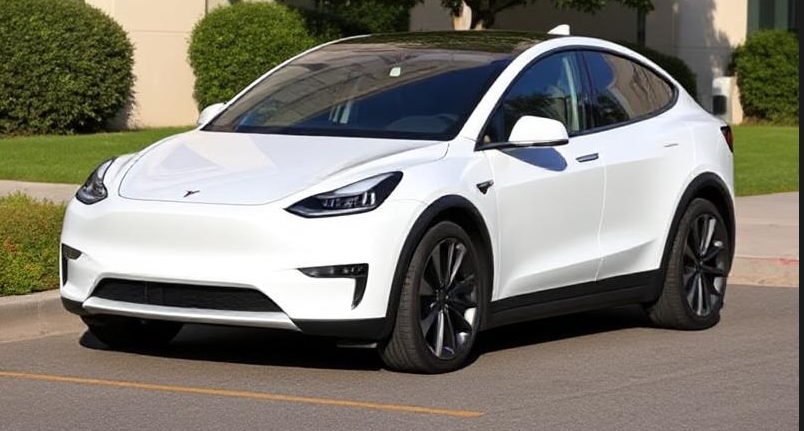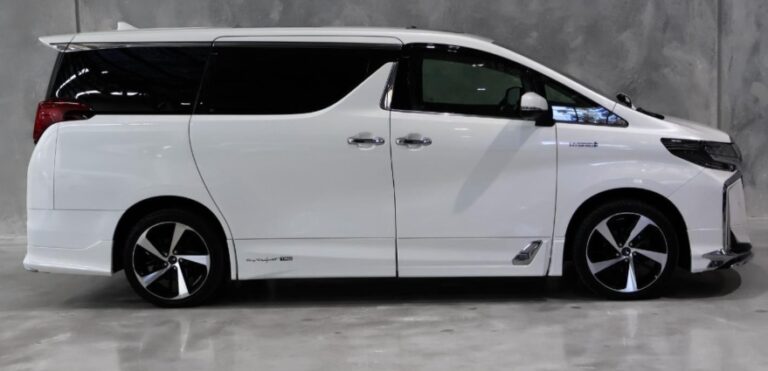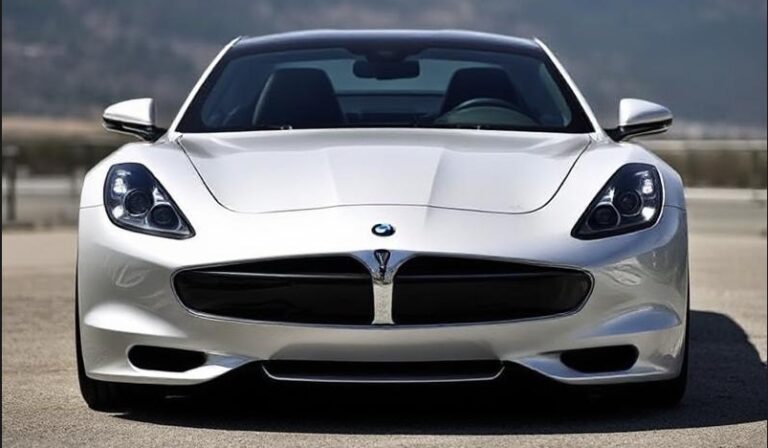The Evolution of the Tesla Model Y: A Comprehensive Overview
The Tesla Model Y, the all-electric crossover SUV from Tesla, Inc., has rapidly made a name for itself in the automotive world since its unveiling. Serving as a sibling to the Model 3 sedan, the Model Y embodies Tesla’s vision of sustainable transportation, combining performance, efficiency, and cutting-edge technology. This article delves into the evolution of the Model Y, capturing its journey from concept to a popular choice among electric vehicle enthusiasts.
Beginnings of the Model Y: Concept and Unveiling
2015 – 2019: Early Conceptualization and Development
The roots of the Model Y can be traced back to 2015 when Tesla CEO Elon Musk hinted at plans for a compact SUV, which was initially expected to be built on the same platform as the Model 3. The official reveal of the Model Y occurred on March 14, 2019, during an event in Hawthorne, California. Tesla projected that the Model Y would have a range of features similar to the Model 3 but with a more spacious interior, higher ride height, and an available third row for additional seating. The anticipation around the Model Y was fueled by Tesla’s mounting success with the Model S and Model 3.
Production Begins
2020: First Deliveries and Initial Models
Production of the Model Y commenced in late 2019 at Tesla’s Gigafactory 1 in Nevada, with the first deliveries occurring in March 2020. Tesla initially offered two versions of the Model Y:
- Long Range All-Wheel Drive (AWD): This version provided an impressive range of approximately 316 miles and 0-60 mph acceleration in just 4.8 seconds.
- Performance AWD: With a sportier edge, this variant boasted a 0-60 mph time of 3.5 seconds and a slightly reduced range of around 303 miles, targeting performance enthusiasts.
Both models were equipped with Tesla’s advanced autopilot features and the minimalist yet high-tech interior that the brand is known for.
2021: Expanding Offerings
The Model Y quickly gained traction in the market. In 2021, Tesla expanded its offerings by introducing the Standard Range RWD variant. This model was designed for buyers seeking a more affordable option while still delivering the core electric performance and spacious interior design associated with the Model Y. The Standard Range version had a range of approximately 244 miles and achieved 0-60 mph in about 5.3 seconds.
The introduction of the Standard Range model illustrated Tesla’s strategy to broaden its consumer base by making electric vehicles more accessible.
.
MANY auto lovers not only spend time in their garages to tinker on their autos, but have other projects going on in there as well. Wood working is a popular pastime for the creative type of individual. Not sure what to make next? Or thinking about getting into this kind of hobby? There’s lots of possibilities… Here’s some of them…

.
2021: Global Expansion
As demand surged, Tesla ramped up production capacity. They began producing the Model Y in Shanghai, China, in early 2021, which allowed Tesla to meet local demand more effectively and also supported an increase in export volumes to other countries, including Europe. This factory expansion played a pivotal role in establishing the Model Y as a global contender in the electric SUV market.
Model Updates and Iterations
2021 – 2022: Software, Features, and Build Quality
Throughout 2021 and into 2022, the Model Y benefitted from software updates that improved range and performance metrics. Tesla’s approach to vehicle software has allowed it to continually enhance the driving experience post-purchase, differentiating it from traditional automakers.
Several notable features and improvements were integrated during this time:
- Enhanced Autopilot & Full Self-Driving (FSD) Capabilities: Tesla continued to innovate the Autopilot suite, adding features that leverage AI and machine learning to provide improved driver assistance capabilities.
- Interior Updates: The Model Y’s interior saw ongoing enhancements, including updates to the infotainment system, additional USB-C ports, and refinements to sound insulation for improved cabin noise levels.
- Build Quality Improvements: Following early feedback focused on build quality, Tesla made efforts to enhance the manufacturing processes at both the Fremont and Shanghai Gigafactories. This focus on quality assurance helped address initial concerns and build customer trust.
2022: The Arrival of the European Model Y
In early 2022, Tesla began deliveries of the Model Y from its new factory in Berlin, Germany. This factory allowed Tesla to cater to the European market more effectively while further reducing shipping costs and increasing production efficiency. The European version of the Model Y offered similar configurations as those available in North America but with slight adaptations to meet regional regulations and preferences.
2022: Dual-Motor Configuration
As part of its commitment to performance and range, Tesla expanded two-motor configurations. In 2022, they announced the addition of several trims with improved performance metrics:
- Dual Motor Long Range AWD: Optimized for range and performance, this model delivered up to 330 miles of range while still attaining 0-60 mph in about 4.2 seconds.
- Performance AWD Model: This version catered to performance enthusiasts with up to 303 miles of range, audibly showcasing how Tesla’s commitment to blending practicality with exhilaration remains strong.
Recent Years: Continued Evolution
2023: Updates and New Features
By 2023, the Model Y further solidified its standing as a frontrunner in the electric vehicle space. Tesla continued to implement software-driven updates for performance and range deviations, refining its AI capabilities and in-car experience.
Updates in 2023 included:
- A refined FSD beta program that gradually expanded its availability.
- Feature improvements like traffic light and stop sign recognition, automated lane changes, and more.
2023: New Trim Levels
The year also saw Tesla introducing several limited-edition versions and performance upgrades. This included a new Plaid trim that promised blistering acceleration and advanced handling dynamics, appealing to a more niche customer base.
Conclusion
The Tesla Model Y has evolved impressively since its introduction, transitioning from a conceptual idea to one of the most popular electric vehicles on the market. Through its various models and trim levels, Tesla has maintained its commitment to innovation, sustainability, and performance. With the ongoing expansion of production capabilities and continuous software enhancements, the Model Y is poised to remain a formidable competitor in the automotive landscape.
As more consumers prioritize sustainability in transportation and as the market for electric vehicles continues to grow, the Model Y stands as a testament to Tesla’s vision of a cleaner, smarter future. The brand’s adaptability and commitment to technology ensure that the Model Y will likely evolve further, leaving a lasting impact on the automotive industry for years to come.







